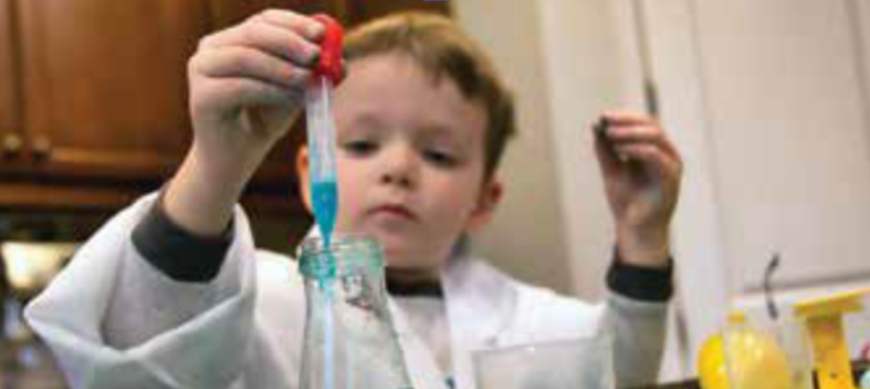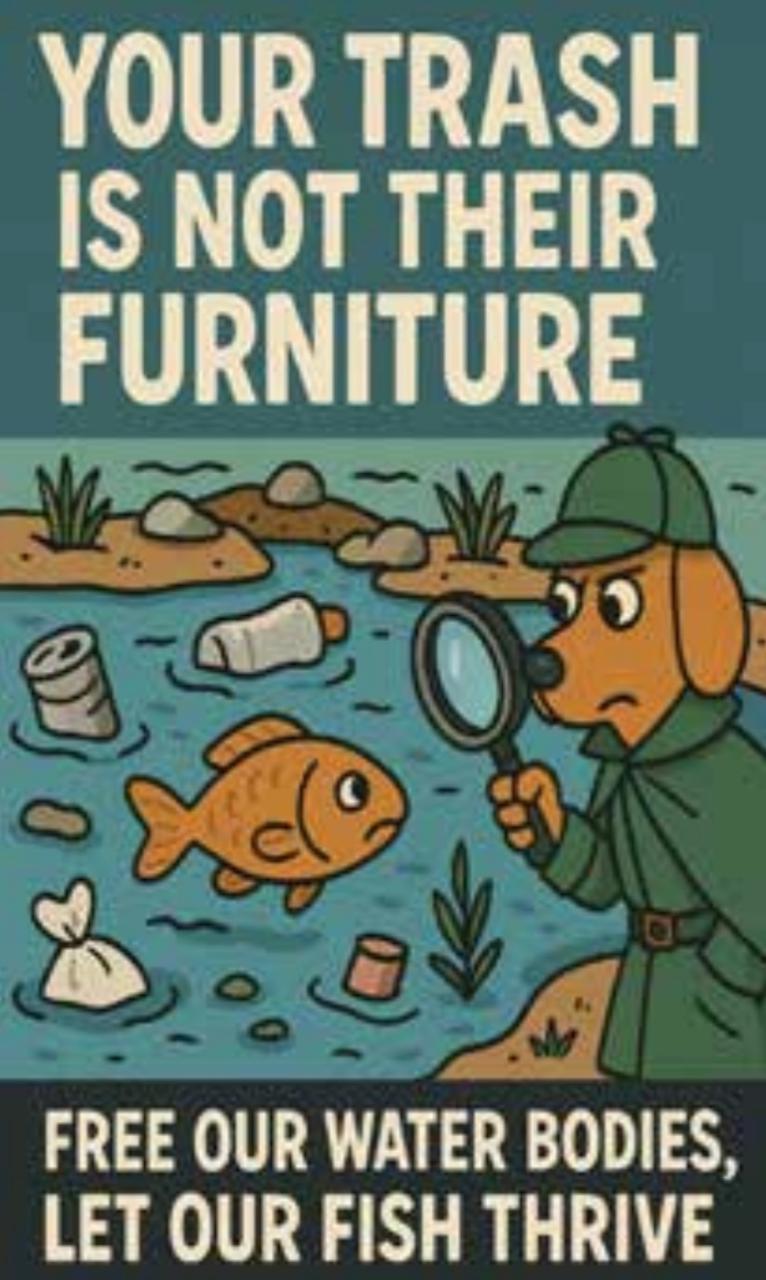1. Be Curious– Ask why, how, and what if whenever you see something in nature or class. 2. Listen & Observe –Pay attention to experiments, teacher demos, and everyday things around you — science is everywhere! 3. Do, Don’t Just Read– Try simple experiments, models, or projects. Learning by doing makes science stick. 4. Use …
1. Be Curious– Ask why, how, and what if whenever you see something in nature or class.
2. Listen & Observe –Pay attention to experiments, teacher demos, and everyday things around you — science is everywhere!
3. Do, Don’t Just Read– Try simple experiments, models, or projects. Learning by doing makes science stick.
4. Use Pictures & Diagrams – Draw life cycles, label parts of plants/animals, make charts. Visuals help
memory.
5. Make Notes in Your Own Words – Instead of copying, write short summaries or mind maps
after class.
6. Connect to Daily Life – Relate topics to real life: gravity when dropping things, photosynthesis when plants grow, friction while cycling.
7. Group Study & Discussions– Share ideas with friends, quiz each other, or explain a concept— teaching others helps you learn.
8. Ask Questions Fearlessly– Never feel shy to ask your teacher; even scientists ask questions all the time.
9. Use Fun Resources – Science comics, videos, experiments on YouTube, or school science clubs make it
exciting.
10. Stay Organized & Revise – Keep a clean science notebook, highlight important terms, and revise regularly, not just before exams.






